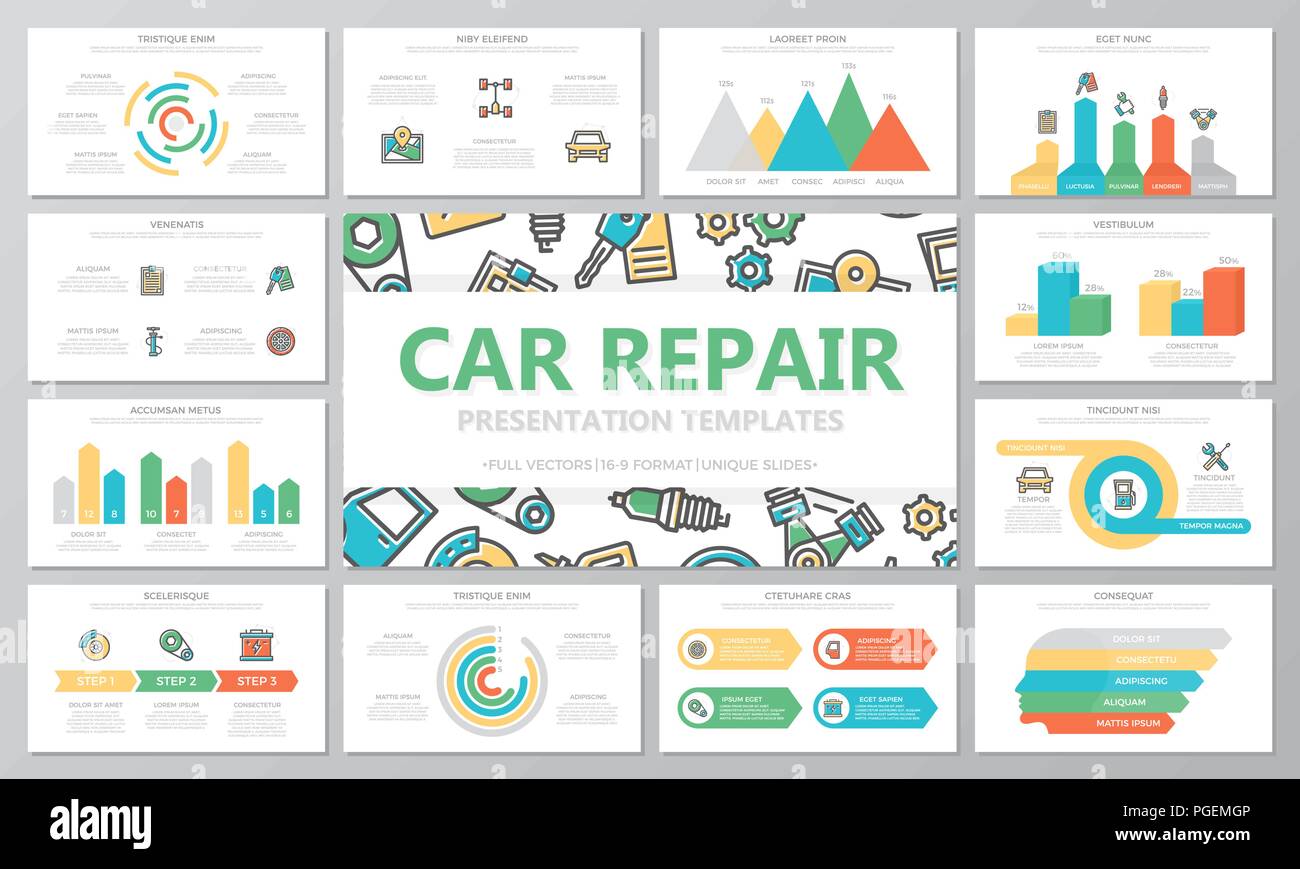Comprehending Your Vehicle'S Warning Lights: What Do They Actually Mean?
Comprehending Your Vehicle'S Warning Lights: What Do They Actually Mean?
Blog Article
Article By-Higgins Kejser
When you lag the wheel, those beautiful caution lights on your control panel can be a little bit bewildering. Do you know what they're trying to tell you about your vehicle's health? Understanding the relevance of these lights is essential for your security and the long life of your vehicle. So, the following time among those lights appears, would not you intend to decipher its message properly and take the needed steps to resolve it?
Common Warning Lights and Interpretations
Determine typical caution lights in your car and recognize their meanings to make certain secure driving.
One of the most typical caution lights consist of the check engine light, which signals concerns with the engine or discharges system. If this light begins, it's crucial to have your lorry inspected immediately.
The oil stress advising light indicates low oil pressure, calling for instant attention to prevent engine damages.
A blinking battery light might suggest a faulty billing system, potentially leaving you stranded if not dealt with.
The tire stress monitoring system (TPMS) light signals you to low tire stress, impacting lorry stability and gas efficiency. Neglecting this can lead to harmful driving conditions.
The abdominal light shows an issue with the anti-lock stopping system, jeopardizing your capability to quit swiftly in emergencies.
Lastly, the coolant temperature advising light warns of engine getting too hot, which can result in severe damage if not solved promptly.
Comprehending these usual warning lights will help you address concerns quickly and maintain secure driving problems.
Value of Prompt Focus
Comprehending the usual caution lights in your auto is just the primary step; the significance of immediately addressing these cautions can't be highlighted enough to ensure your safety and security when driving.
When a warning light illuminates on your control panel, it's your cars and truck's means of interacting a possible problem that needs focus. Ignoring go now can lead to more extreme issues down the road, jeopardizing your security and potentially costing you a lot more in repairs.
click the up coming document to advising lights can stop breakdowns and crashes. For example, a flashing check engine light can show a misfire that, if left ignored, can create damage to the catalytic converter. Addressing this without delay can save you from an expensive repair work.
Similarly, a brake system cautioning light might indicate reduced brake fluid or worn brake pads, essential parts for your security when driving.
DIY Troubleshooting Tips
If you observe a warning light on your control panel, there are a few DIY repairing tips you can try before looking for expert assistance.
The initial step is to consult your auto's guidebook to recognize what the particular warning light indicates. Sometimes the problem can be as simple as a loosened gas cap setting off the check engine light. Tightening up the gas cap may deal with the trouble.
Another common problem is a reduced battery, which can set off different warning lights. Examining the battery links for rust and ensuring they're safe might repair the problem.
If a warning light continues, you can attempt resetting it by detaching the auto's battery for a couple of minutes and afterwards reconnecting it. Additionally, inspecting your automobile's liquid levels, such as oil, coolant, and brake liquid, can assist fix cautioning lights connected to these systems.
Verdict
In conclusion, understanding your auto's caution lights is essential for keeping your lorry running smoothly and securely. By quickly addressing these alerts and knowing what they mean, you can avoid costly repairs and prospective failures.
Keep in mind to consult your vehicle's manual for certain details on each advising light and take action accordingly to guarantee a trouble-free driving experience.
Stay informed, remain secure when driving!
